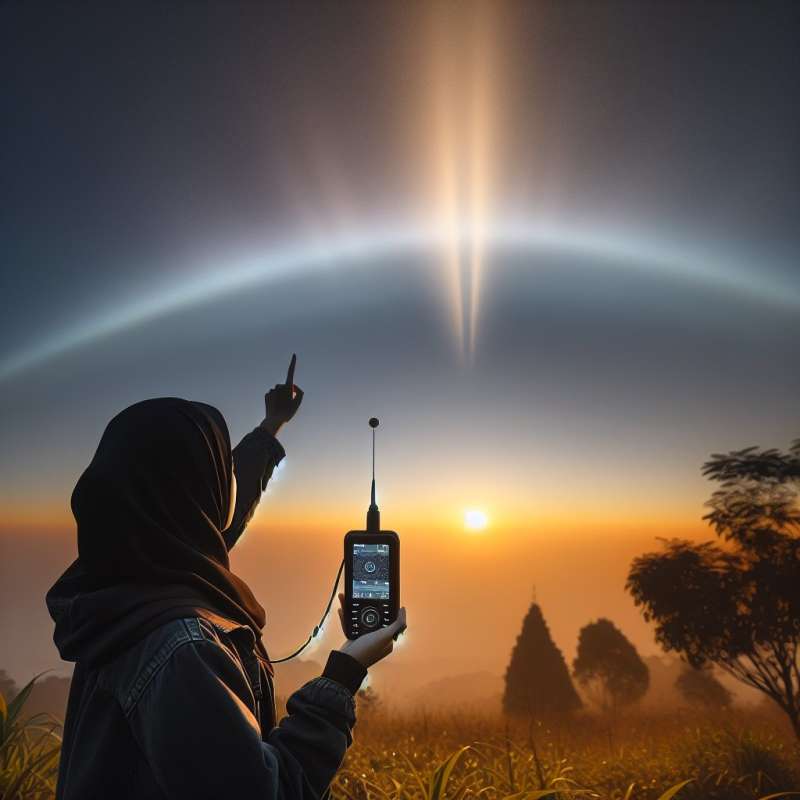
Ionosphere Introduction
The ionosphere is a high-altitude layer of Earth's atmosphere, ionized by solar radiation. It plays a crucial role in atmospheric electricity and affects radio wave propagation for communication and navigation systems.
Remote Sensing Basics
Remote sensing involves gathering information without physical contact. It uses electromagnetic waves to detect and monitor characteristics of areas, often through satellite or aerial imagery technologies.
Ionospheric Interaction
Radio waves interacting with the ionosphere can be reflected, refracted, or absorbed. These interactions are utilized to remotely sense atmospheric conditions, including electron density and space weather phenomena.
Ionosondes Revealing Secrets
Ionosondes, ground-based instruments, bounce radio waves off the ionosphere to measure its electron density. This data helps in understanding ionospheric dynamics and solar-terrestrial relationships.
GPS and Ionosphere
The ionosphere's variable conditions affect GPS accuracy. Understanding ionospheric behavior through remote sensing can improve GPS signal corrections and enhance navigational precision.
Ionospheric Tomography
Ionospheric tomography is akin to medical CT scans, creating 3D images of ionospheric electron density. This advanced technique aids in understanding the ionosphere's structure and its impact on radio communications.
Research and Surprises
Recent studies revealed unexpected ionospheric responses to terrestrial phenomena like tsunamis and earthquakes, indicating a deeper connection between Earth's surface and space weather than previously known.
What ionizes the ionosphere?
Atmospheric gases
Solar radiation
Cosmic rays
Company